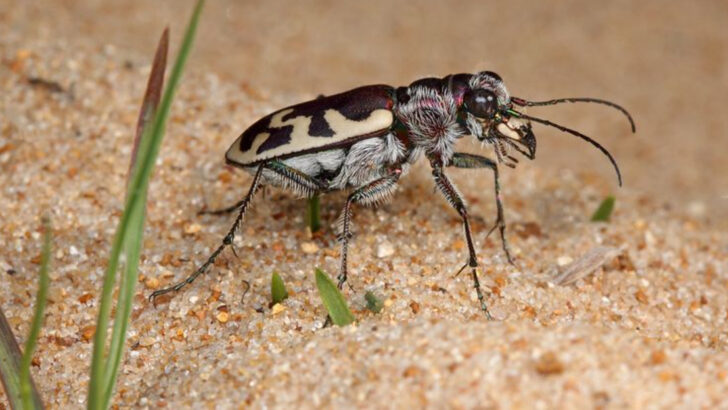The Australian tiger beetle is a marvel of nature, renowned for its astonishing speed and agility.
Often dubbed the fastest insect in the world, it captivates entomologists and nature enthusiasts alike.
This beetle’s presence is a testament to the incredible adaptations found in the insect world, showcasing both beauty and functionality.
Here, we delve into ten fascinating facts about this extraordinary creature, each shedding light on its unique characteristics and behaviors.
Speed Demon
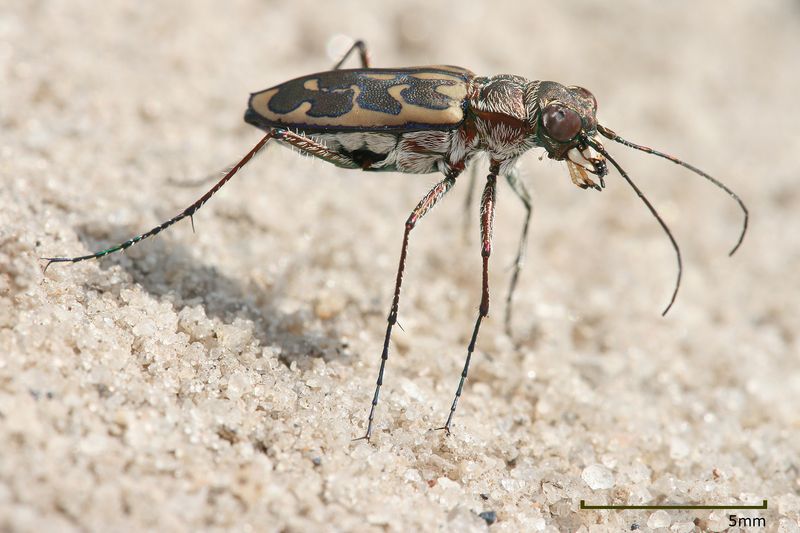
Remarkably, the Australian tiger beetle holds the title of the fastest insect on Earth. With speeds reaching 5.6 miles per hour, it can cover 120 times its body length in a single second. This astonishing velocity is a remarkable feat in the insect world.
Their speed is not just for show; it plays a crucial role in their survival, allowing them to swiftly escape predators. Their rapid bursts of speed make them difficult targets, ensuring their safety in the wild.
This incredible trait highlights the beetle’s adaptation to its environment, showcasing nature’s ingenuity.
Unique Hunting Method
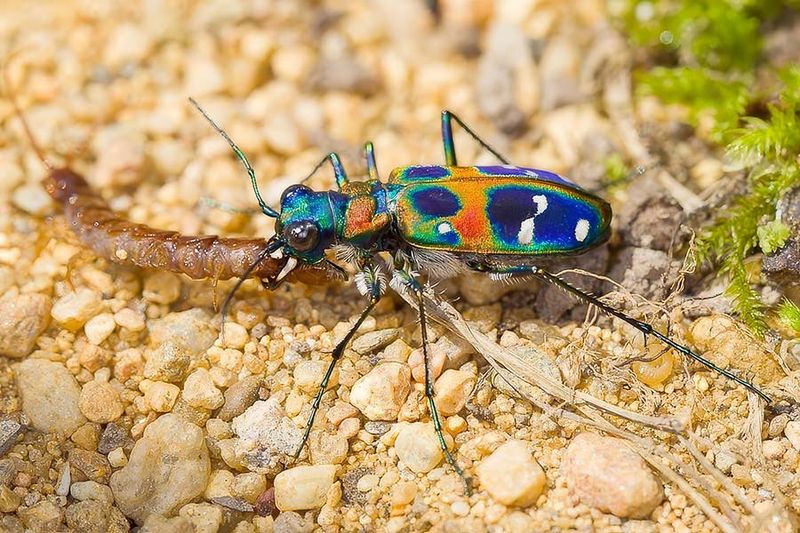
The hunting strategy of the Australian tiger beetle is as unique as it is effective. Unlike other predators, it runs after its prey at high speeds, relying on its agility rather than stealth.
This method involves short, rapid dashes to catch unsuspecting insects. Such speed allows it to catch prey that might otherwise escape slower predators.
The beetle’s large eyes play a significant role, providing a wide field of view to spot prey from a distance, further enhancing its hunting prowess. This approach reflects a blend of speed, sight, and strategy.
Vivid Colors

The Australian tiger beetle is not only known for its speed but also its striking appearance. Its exoskeleton boasts vivid colors, ranging from metallic greens to blues. These colors shimmer brilliantly in the sunlight, making the beetle a visual delight.
This colorful exoskeleton serves more than just aesthetic purposes. It acts as a natural camouflage against predators, blending with the forest surroundings.
Such coloration is a prime example of nature’s ability to combine beauty with function, ensuring the beetle’s survival in its natural habitat.
Larval Ambush
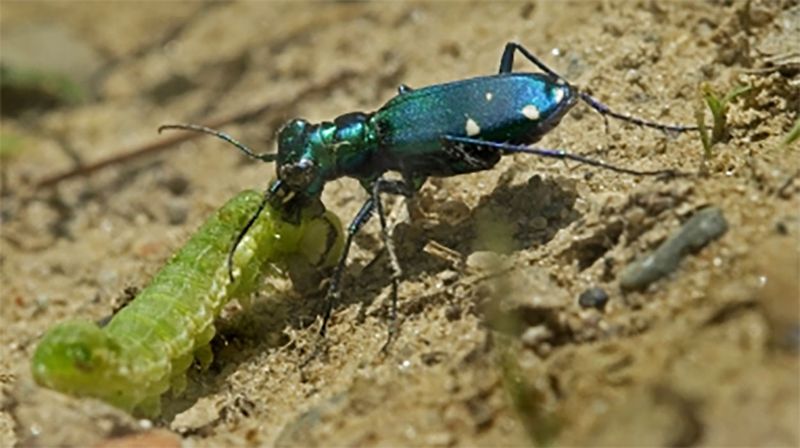
The life of an Australian tiger beetle starts with cunning from its larval stage. The larvae are ambush predators, residing in burrows to catch prey.
Positioned at the entrance, they await unsuspecting insects, lunging swiftly to capture them. This ambush technique is vital for their growth and development, providing sustenance in their early life.
This predatory behavior is a fascinating aspect of their life cycle, illustrating how even at a young age, they exhibit remarkable hunting skills. It’s a testament to their adaptability and predatory instincts.
Eyes Like a Hawk
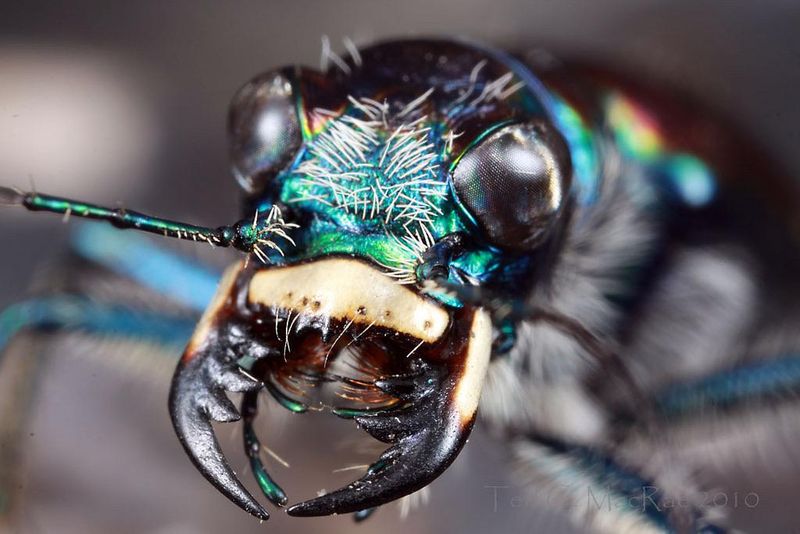
Possessing keen eyesight, the Australian tiger beetle’s vision is akin to that of a hawk. Its large, bulging eyes provide a wide field of view, essential for detecting prey and predators.
These compound eyes consist of numerous facets, each contributing to its sharp visual acuity. This exceptional vision is crucial for their high-speed chases, allowing them to navigate their environment efficiently.
The beetle’s eyesight exemplifies nature’s intricate designs, enabling it to thrive as a fast-moving predator. Its vision is a cornerstone of its hunting success.
Territorial Behavior
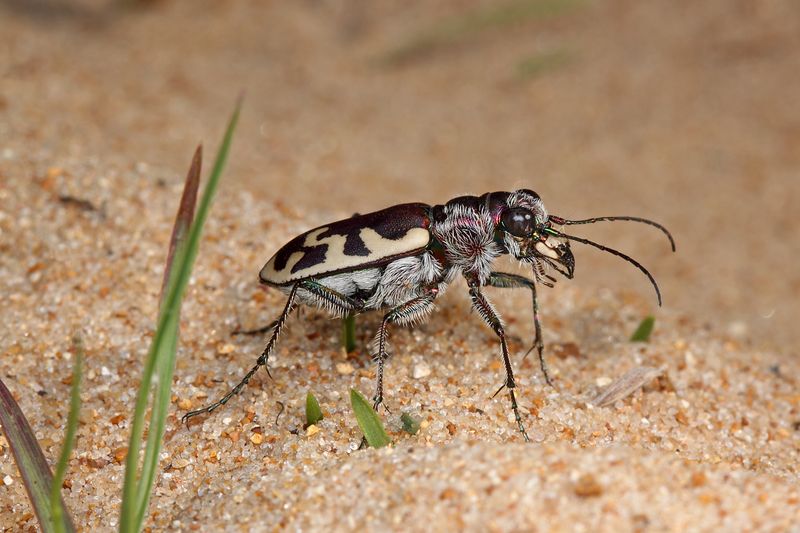
Australian tiger beetles exhibit strong territorial instincts. They fiercely guard their hunting grounds against intruders, ensuring an ample supply of prey.
This territoriality is exhibited through aggressive postures and displays, warning other beetles to stay away. Such behavior is vital for their survival, as it secures food resources.
Their determination to defend their space highlights their competitive nature. This behavior is a fascinating glimpse into the survival strategies of these insects, emphasizing the importance of territory in their ecological niche.
Mating Rituals
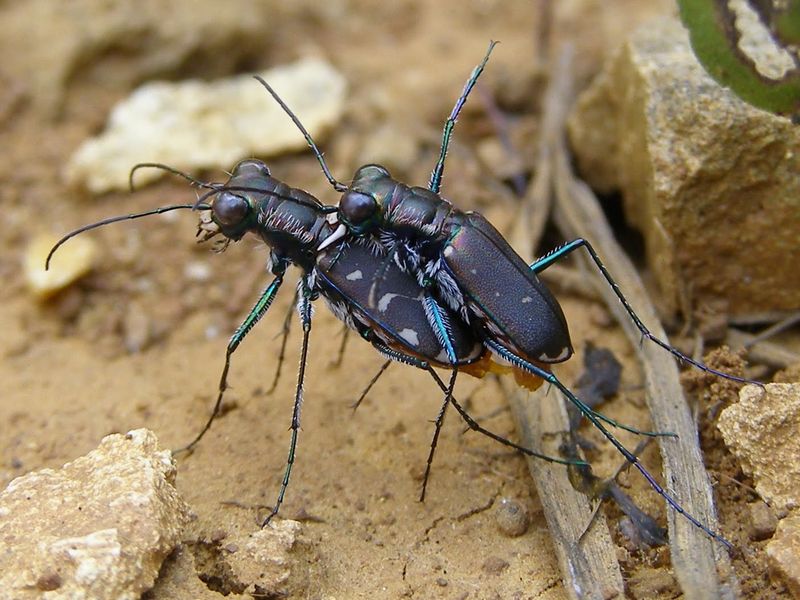
Mating rituals in Australian tiger beetles are a spectacle to behold. They involve elaborate dances and displays to attract potential mates.
Males perform intricate movements, showcasing their colors and agility to impress females. This courtship is essential for successful mating and continuation of the species.
Such elaborate rituals highlight the complexity of their social interactions. These displays are not just about reproduction but also about showcasing their fitness, a key factor in mate selection.
Historical Significance
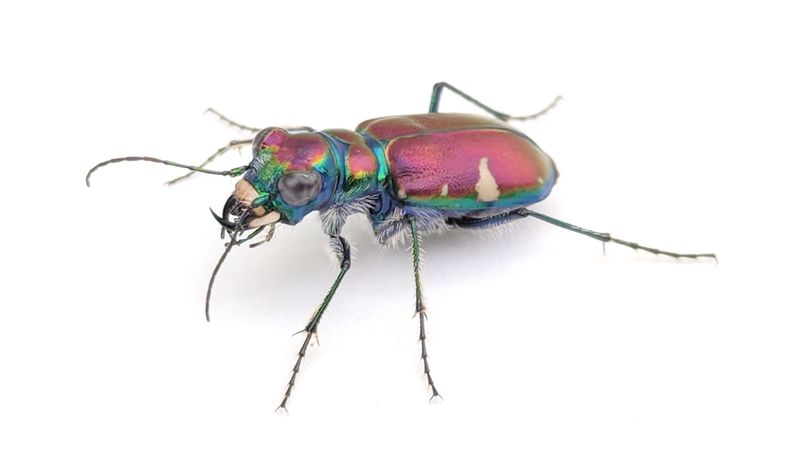
The Australian tiger beetle holds a place in history, fascinating scientists for centuries. It has been studied extensively for its speed and hunting abilities.
Historical records and illustrations depict its unique features, contributing to our understanding of entomological adaptations. Such studies have led to insights into biomechanics and predator-prey dynamics.
The beetle’s historical significance is marked by its contribution to scientific literature, showcasing its role as a subject of intrigue and study. It remains a symbol of nature’s prowess in evolution.
Environmental Adaptations
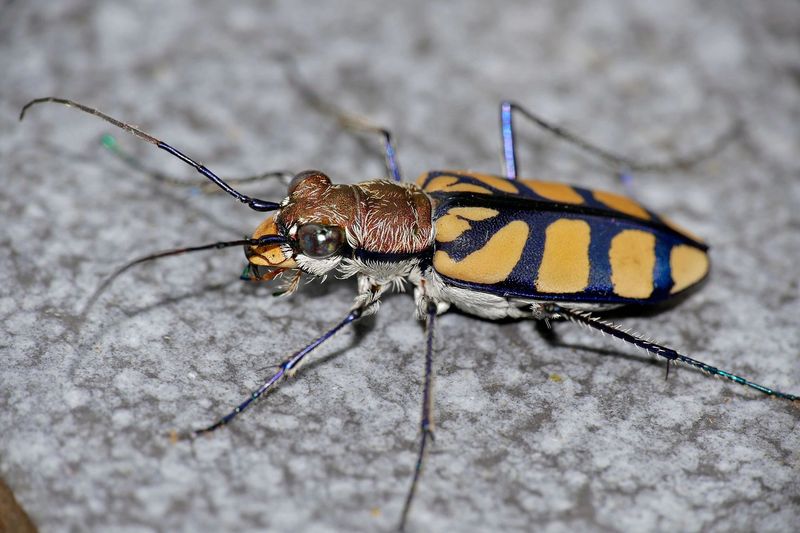
Adaptation is key to the Australian tiger beetle’s success. It thrives in diverse ecosystems, from forests to grasslands, each requiring specific adaptations.
Its speed and vision are tailored to detect and capture prey in various terrains. The beetle’s exoskeleton aids in temperature regulation, a crucial factor for survival in different climates.
This adaptability reflects its evolutionary success, highlighting its ability to inhabit a range of environments. Such versatility ensures its continued survival and dominance as a predator.
Conservation Status
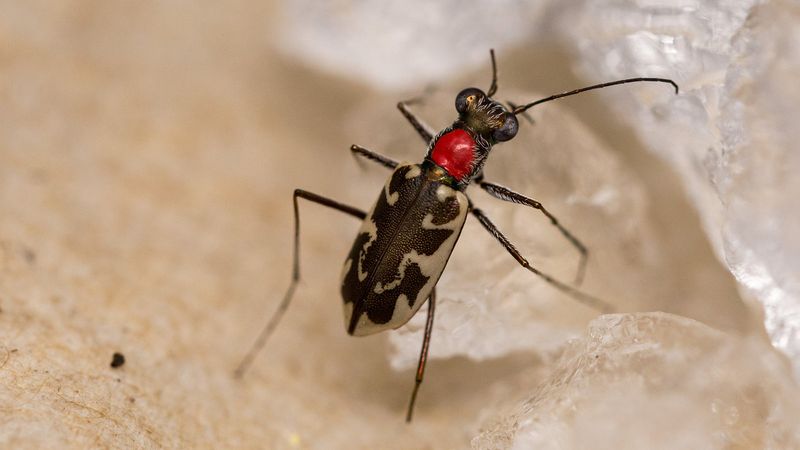
The conservation status of the Australian tiger beetle is of growing interest. While not currently endangered, habitat loss poses a threat to its population.
Conservation efforts focus on preserving natural habitats, ensuring the beetle’s continued existence. Educating the public about its ecological role is vital for conservation success.
The beetle’s status underscores the importance of biodiversity and habitat preservation. Protecting such species ensures the stability of ecosystems, reflecting our responsibility towards nature.

